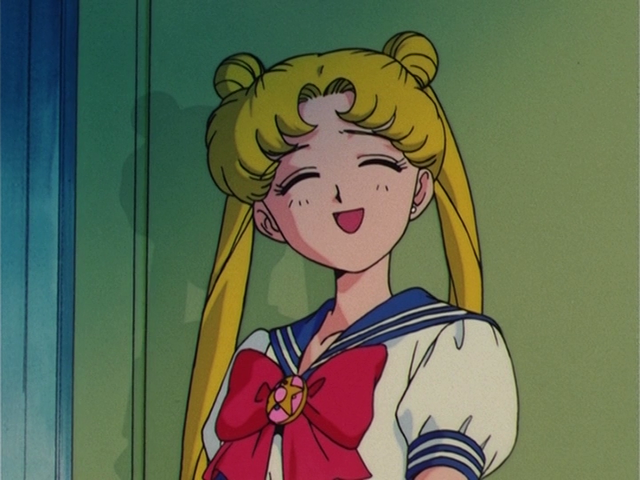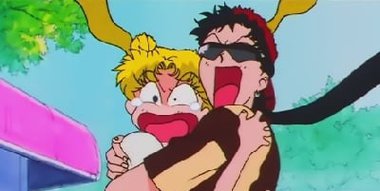

in morning and afternoon timeslots which Anne Allison describes as unsuitable for the target audience.

airing struggled in early morning "dead" timeslots the series originally aired in the U.S. Despite moderate success in Canada, the U.S. The first series premiered in Canada on Augon YTV and in first-run syndication in the U.S. DiC's edits have received much criticism from fans, going down in infamy for their often poor attempts at censorship. Toei also had to approve all of the changes, often without consulting Naoko Takeuchi. The deaths of the Sailor Senshi were explained away as them having been "kidnapped" by the Negaverse, something which confused fans who had never seen the original. The final two episodes had so much footage removed that they were merged into one episode. Homosexual characters, including Zoisite, Fisheye, Sailor Uranus, and Sailor Neptune were also censored, with the former two's gender changed from male to female, and the latter two being explained as relatives rather than lovers (leaving the subtext very awkward). Some scenes of brief nudity and bathing were also censored, and any type of violence including violence against children were also removed. Much of these changes included altering every aspect of the show from character names, clothing, scenes and dialogue of the show. Sailor Moon's original English release was the subject of heavy editing which resulted in large amounts of removed content and alterations that greatly changed the original work. Streamline Pictures founder and anime writer Carl Macek was originally hired as Creative Consultant but was fired early on due to creative differences with DiC's CEO Andy Heyward. Their adaptation was largely created to capitalize on the success of Mighty Morphin Power Rangers. The original music score was replaced with a new background score written by Bob Summers.

As the anime was marketed as a children's show in North America, DiC had mandated cuts to content and length, which reduced the first 46 episodes into 40 (removing episodes 2, 5, 6, 20 and 42). The Mississauga, Canada-based Optimum Productions was hired to dub the anime. In 1995, after a bidding war with Toon Makers, who wanted to produce an American live-action/animated hybrid adaptation, DiC Entertainment licensed the first two seasons of Sailor Moon for an English-language release in North America.


 0 kommentar(er)
0 kommentar(er)
